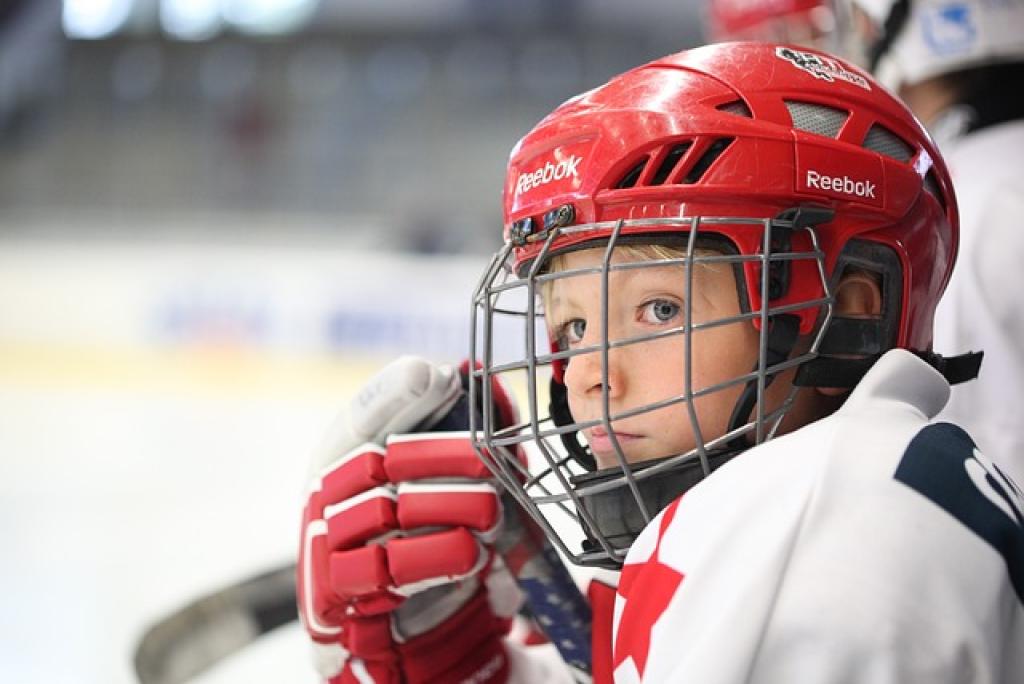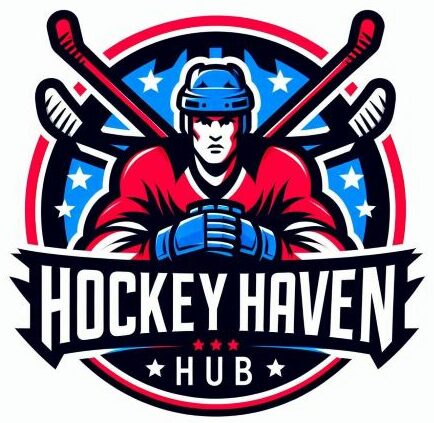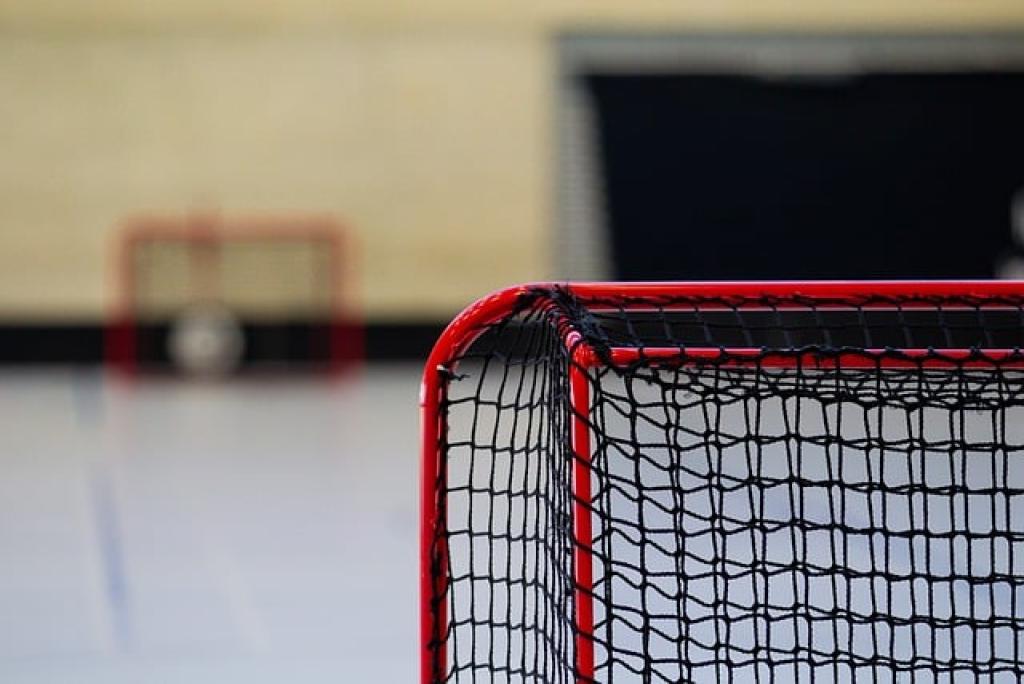There’s something about the roar of the crowd, the scrape of skates on ice, and the exhilarating chase of the puck that makes hockey a truly captivating sport. Whether you’re new to the game or looking to up your skills, tackling the intricacies of hockey can be as thrilling as a breakaway goal in the final seconds.
Mastering hockey requires a blend of physical agility, strategic thinking, and relentless practice. From nailing the basics to developing advanced maneuvers, every stride on the ice is an opportunity to improve. It’s not just about speed and strength; it’s also about anticipation, positioning, and teamwork.
In this blog post, we’ll explore some of the best strategies that will not only help you learn the ropes but also play more effectively and enjoyably. Whether you’re lacing up for the first time or aiming to perfect your slap shot, these tips will have you skating in the right direction. So grab your stick, put on your helmet, and let’s dive into the exciting world of hockey!
Setting Clear Goals for Improvement
Embarking on your hockey journey without clear goals is like skating on thin ice—aimless and risky. Setting specific, achievable goals can sharpen your focus and lead to tangible progress on the ice.
Define Your Targets
First, identify what aspects of your game need improvement. Is it your slap shot accuracy, your skating speed, or maybe your defensive skills? Pinpointing these areas will help you create targeted practice sessions that maximize your development.
Short-Term and Long-Term Goals
Break down your ambitions into short-term and long-term goals. Short-term goals might include hitting the gym regularly or mastering a new stickhandling trick within a few weeks. Long-term goals can be more ambitious, like joining a competitive team or improving your overall game IQ by the end of the season.
Being specific with your objectives makes it easier to track progress. Each small victory will boost your confidence and propel you toward bigger achievements. Remember, improvement in hockey, like any other sport, is a marathon, not a sprint. Stick with it, and your dedication will pay off!
Mastering Basic Skills and Techniques
Before you can dazzle the world with your hockey prowess, you’ve got to master the basics. It’s like building a house—you need a solid foundation first.
Skating
Skating is the cornerstone of all hockey skills. Focus on your balance, agility, and speed. Spend time perfecting your stride, and practice quick direction changes and stops. These skills will give you the edge on the ice and make you feel more confident and in control.
Stickhandling and Shooting
You’ll want to practice controlling the puck with both finesse and force. Start with slow stickhandling drills to hone your precision, then increase your speed as you improve. When it comes to shooting, work on your wrist and slap shots, aiming for accuracy over power. Remember, a well-placed shot is often more effective than the hardest hit.
Defense often gets overlooked, but it’s a vital aspect of the game. Learn to anticipate your opponent’s moves and position your body effectively. Practicing your poke check and blocking skills can make you a formidable presence on the ice.
Focus on these core areas, and soon you’ll find yourself skating circles around the competition.
Utilizing Effective Training Methods
Training smart is just as important as training hard. Incorporating diverse methods can enhance your skills and boost overall performance.
Consistency is Key
Set a regular training schedule and stick to it. Consistency not only builds muscle memory but also helps maintain your fitness levels. Integrate a mix of on-ice practices and off-ice workouts to keep things balanced.
Cross-Training
Don’t be afraid to mix things up. Cross-training through sports like soccer or basketball can improve your footwork and agility. Yoga and Pilates are fantastic for flexibility and core strength, which are crucial for stability on the ice.
Analyze your games and practices to identify areas for improvement. Video analysis offers insights into your skills and strategies, helping you see what you can tweak for better performance. It’s like having a personalized playbook at your fingertips.
Remember, the best athletes are those who continually learn and adapt. Stay curious, embrace new training methods, and your efforts will surely pay off.
Building Mental Toughness and Resilience
Mental toughness is just as crucial as physical strength. It’s about staying focused and composed, even when the going gets tough.
Start by setting goals, both big and small. Having clear objectives gives you direction and motivation, helping you push through obstacles. Celebrate the little victories along the way to keep your spirits high.
Visualization is your secret weapon. Imagine yourself succeeding—whether it’s scoring a goal or acing a routine. This mental rehearsal builds confidence and helps reduce anxiety when it’s showtime.
Positive self-talk can transform your mindset. Replace negative thoughts like “I can’t do this” with “I’ve got this.” Being your own best cheerleader bolsters your confidence and keeps doubt at bay.
Finally, embrace failure as a steppingstone to success. It’s normal to stumble, but resilience is about getting back up, learning from mistakes, and improving. Remember, every setback is just a setup for a comeback.
Understanding Game Strategies and Tactics
Knowing your game inside and out can give you a massive edge. It’s not just about physical prowess—understanding strategies and tactics can make all the difference.
Start by studying the rules of the game. Yes, they’re basic, but knowing them front to back helps you anticipate plays and make quick decisions on the fly.
Watch and learn from the pros. Observing high-level matches gives you insights into how experts tackle challenges, make decisions, and execute plays. There’s always something new to learn from the best.
Practice is key. Replicate what you see and then adapt it to your style. This helps you find out what works best for you while giving you the flexibility to adjust as needed during the game.
Communication with your teammates is crucial. Discuss strategies ahead of time and make sure everyone is on the same page. On-the-ice chatter keeps the team unified and aware of what’s happening around them.
Lastly, be adaptable. The best players can shift strategies on the fly based on the flow of the game. Being open to change will help you stay one step ahead of your opponents.
Staying Committed to Consistent Practice
Consistency is the secret sauce to mastering any game. It’s not just about putting in hours but making those hours count by sticking to a regular practice schedule.
Aim for short, intense sessions instead of long, scattered ones. This helps maintain focus and prevent burnout. You’ll find that frequent practice sessions keep skills sharp and ready for action.
Setting Achievable Goals
Another way to stay on track is by setting clear, achievable goals. Break them down into smaller tasks to make them less overwhelming. Hitting these milestones provides motivation and a sense of accomplishment.
Don’t shy away from seeking feedback from coaches or peers. Constructive criticism can highlight areas that need improvement. It’s a tremendous way to refine your techniques and strategies.
Most importantly, remember to rest and recover. Your mind and body need downtime to recharge. Balance ensures longevity in your practice routine and keeps your passion for the game alive.

Evaluating Progress and Making Adjustments
Keeping tabs on your progress is a crucial part of the journey. Regularly assess your skills to understand what’s working and where you need to pivot.
Start by reviewing your performance after each session. This reflection helps shed light on techniques that need honing. Consider keeping a journal to track your thoughts and improvement over time.
Be open to change. If something isn’t working, don’t hesitate to mix things up. Experimenting with different strategies can lead to breakthroughs you never imagined.
Celebrate your wins, no matter how small. Recognizing achievement boosts confidence and fuels motivation. Remember, progress isn’t always linear, and that’s okay. It’s all part of the process.
The Bottom Line: Achieving Success in Hockey
At the end of the day, success in hockey isn’t just about raw talent; it’s a blend of dedication, strategy, and resilience. The road to mastery involves setting clear goals, putting in consistent work, and being willing to learn from every opportunity.
Remember, practice isn’t just about showing up—it’s about engaging fully and reflecting on your progress. As you develop your skills, keeping a positive mindset can make all the difference. Challenges will arise but viewing them as steppingstones rather than obstacles is key.
And with that in mind, don’t forget the importance of flexibility. Things won’t always go as planned, and adapting to changing circumstances is part of improving. This adaptability not only enhances your gameplay but also helps you grow as a player.
Equally important is maintaining a balance between seriousness and enjoyment. Hockey should be fun! It’s this enjoyment that will keep you motivated through difficult times and make the victories even sweeter.
Finally, surround yourself with a supportive community—coaches, teammates, and family—who encourage and inspire you. Their feedback and encouragement can be invaluable, offering insights you might not have considered.
In conclusion, the journey to hockey excellence is as rewarding as reaching the destination. With commitment, adaptability, and passion, you can pave your way to success. So lace up those skates, hit the rink, and remember: every stride brings you closer to your goals.

